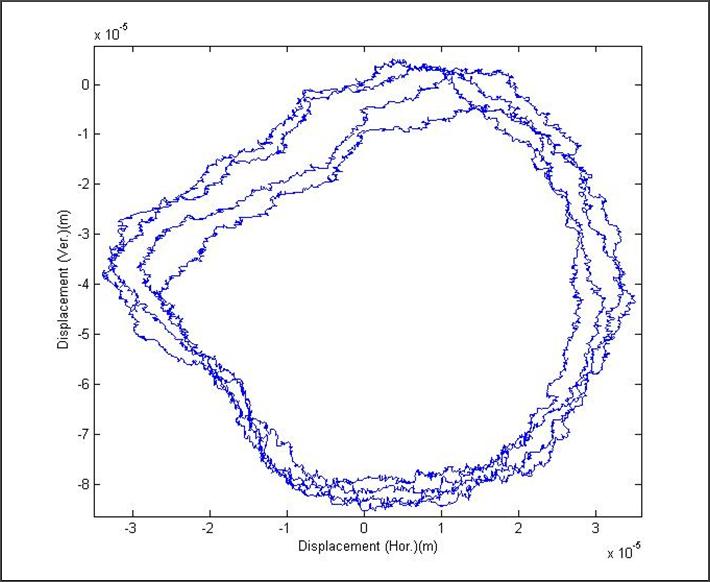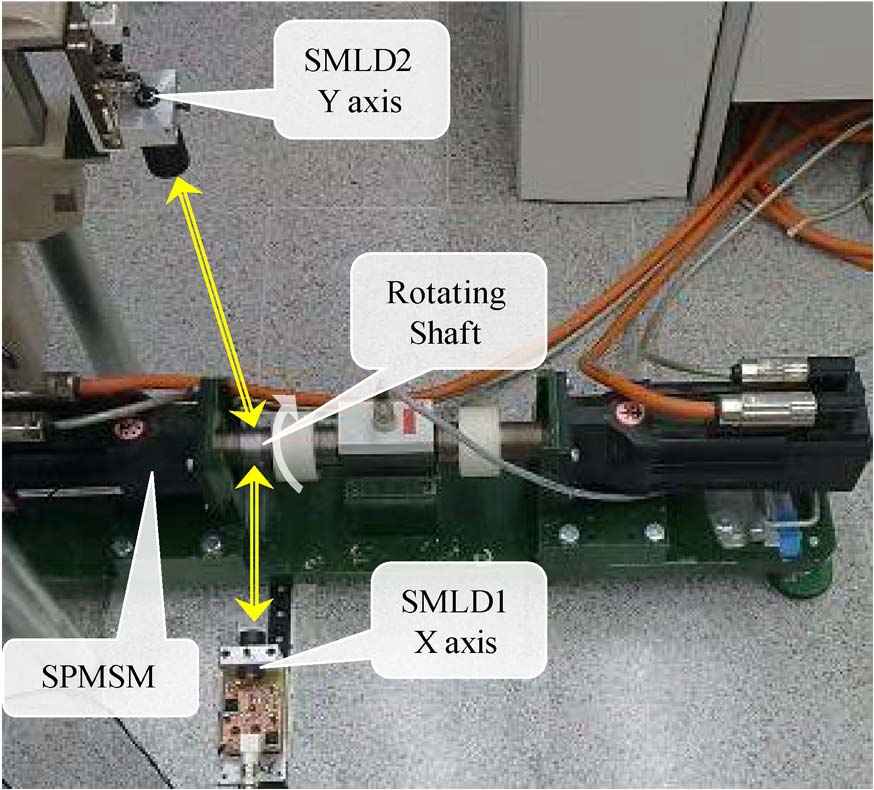Centre de Desenvolupament de Sensors, Instrumentació i Sistemes
Universitat Politècnica de Catalunya
Shaping light to your needs




Actualitat
20/11/2013
tornar
Shaft Trajectory Analysis in a Partially Demagnetized Permanent-Magnet Synchronous Motor
En el volum 60 de la revista "IEEE transactions on industrial electronics", investigadors del MCIA Research Center i del CD6, han publicat un treball conjunt sobre l'aplicació de tècniques òptiques per al control, diagnosi i detecció de fallades en el moviment de rotació de tot tipus d'eixos. L'avantage de la tecnologia proposada es basa en factors com la fiabilitat en les mesures, la robustesa del sistema o el fet que la mesura es realitza sense entrar en contacte amb l'eix. El treball, del que s'ha dipositat una patent, està basat en un nou concepte d'interferometria làser molt compacta, econòmica i robusta. Tot i tractar-se d'un estudi específic, l'interès rau en l'elevat nombre d'aplicacions en àmbits com la industria, la seguretat en el transport, la producció d'energia, etc.A continuació es pot trobar la referència de l'article així com el seu abstract:
Urresty, J.C., Atashkhooei, R., Riba, J-R., Romeral, L., Royo, S.(2013): "Shaft Trajectory Analysis in a Partially Demagnetized Permanent-Magnet Synchronous Motor". "IEEE transactions on industrial electronics", Agost 2013, vol. 60, núm. 8, p. 3454-3461.
Abstract:
Demagnetization faults have a negative impact on the behavior of permanent-magnet synchronous machines, thus reducing their efficiency, generating torque ripple, mechanical vibrations, and acoustic noise, among others. In this paper, the displacement of the shaft trajectory induced by demagnetization faults is studied. It is proved that such faults may increase considerably the amplitude of the rotor displacement. The direct measure of the shaft trajectory is performed by means of a noncontact self-mixing interferometric sensor. In addition, the new harmonics in the back electromotive force (EMF) and the stator current spectrum arising from the shaft displacement are analyzed by means of finite-element method (FEM) simulations and experimental tests. Since conventional finite-element electromagnetic models are unable to predict the harmonics arising from the shaft trajectory displacement, an improved finite-element model which takes into account the measured trajectory has been developed. It is shown that this improved model allows obtaining more accurate back EMF and stator current spectra than those obtained by means of conventional models. This work presents a comprehensive analysis of the effects generated by demagnetization faults, which may be useful to develop improved fault diagnosis schemes.
Extranet
CD6 Centre de Desenvolupament de Sensors, Instrumentació i Sistemes
Rambla de Sant Nebridi, 10 · 08222 · Terrassa (Barcelona)
Rambla de Sant Nebridi, 10 · 08222 · Terrassa (Barcelona)



